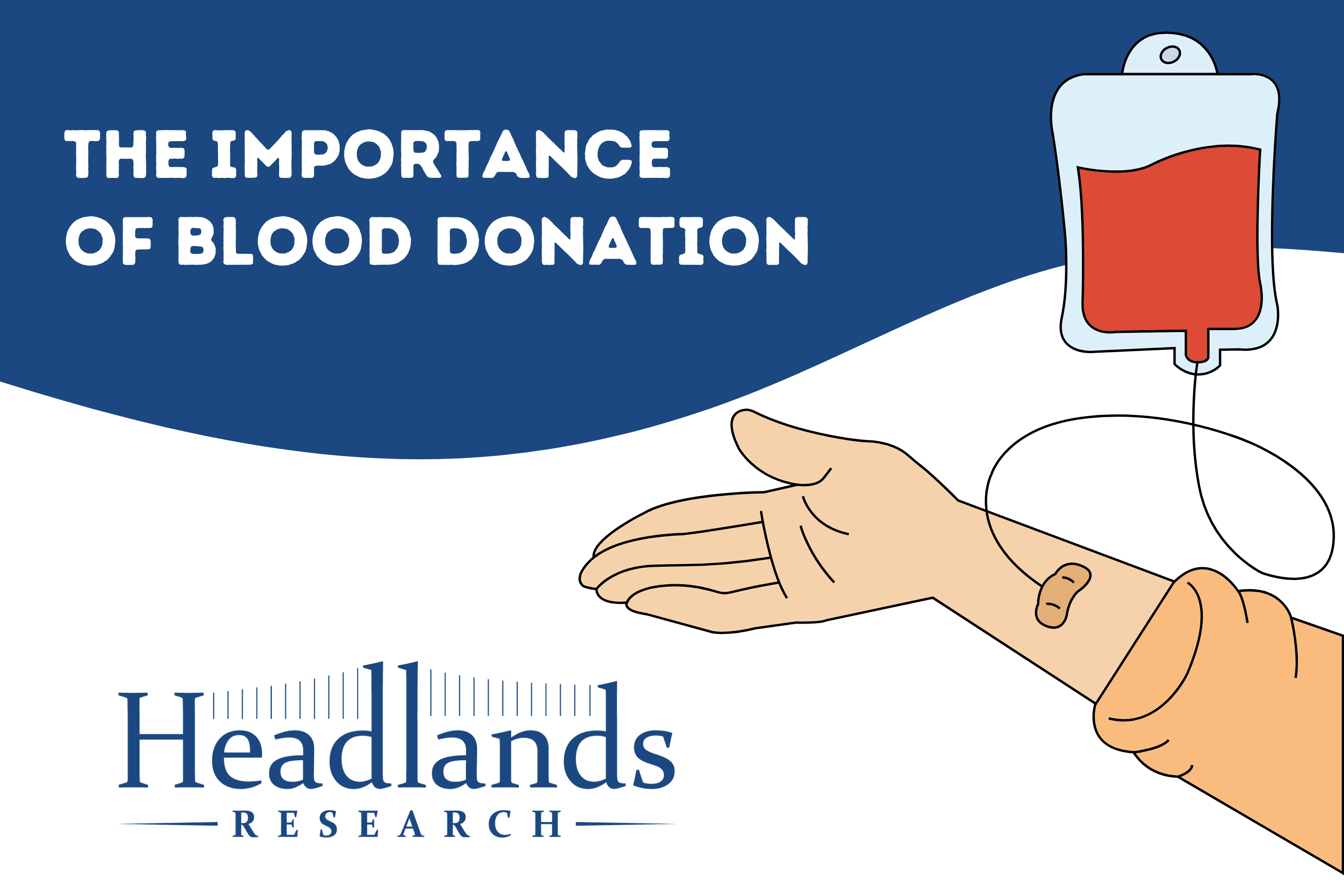Roughly three percent of the U.S. population donates blood each year. A single donation can help two or more patients in need and can be separated into multiple blood products including red blood cells, plasma, and platelets. A blood transfusion occurs in the U.S. every two seconds, making donating blood an important and honorable gift to give to those in need.
Different uses of donated blood
Red blood cells | Used to treat patients who have lost blood due to trauma or are recovering from surgery, patients with sickle cell disease, and patients with certain medical conditions.
Plasma | The liquid part that makes up 55% of blood. It can be used in many lifesaving ways – from treating people with burns and cancer to protecting people with brain and nerve diseases. Plasma is typically administered to patients that require treatment to improve blood clotting.
Platelets | Clot the blood of open wounds. Patients who need extra platelets include people with certain diseases – such as leukemia, those undergoing organ transplants, or those recovering from severe bleeding.
The process of blood donation
Once a review of your health history and a mini-physical has been completed, an area on your arm will be cleansed and you’ll feel a quick pinch as a sterile needle will then be inserted. About one pint of blood will be collected along with several small tubes for testing. For a platelet donation, an apheresis machine will be connected to both arms. A whole blood donation takes about 8-10 minutes while a platelet donation takes around 2 hours.
After your blood has been collected it will be sent to a processing center. Whole blood donations are spun in centrifuges to be separated into transfusable components (red blood cells, platelets, and plasma). Each component is packaged as a “unit”, which is a standardized amount that a doctor will use during a transfusion.
As your blood is being processed it is simultaneously tested at a laboratory to establish the blood type and to test for infectious diseases. If a test result is positive your donation is discarded. If results are negative your units will be labeled and stored. Blood can be distributed to hospitals 24/7 and they may call for more at any time if needed, for example in the case of a large-scale emergency.
As an ill or injured patient arrives at the hospital, a physician will determine if they need a blood infusion and if so, which type they’ll need. The blood will then be transfused to the patient, potentially saving their life.
Blood donation in clinical trials
Blood donation has played a critical role in the development of new research. Donated blood components have helped validate new tests to detect infectious diseases, develop vaccines, and have contributed to medical breakthroughs. One key example is the use of donated blood samples during the COVID-19 pandemic. Anonymized samples of blood were used in research to test and understand how many people had the antibody against coronavirus. Using data collected from blood sample donations is imperative to better understanding diseases, biomarkers, and the role of potential mechanisms of certain health conditions. Please consider donating blood today to not only further research, but to also potentially save a life.
References
https://americasblood.org/statistics_guide/
https://www.aabb.org/for-donors-patients/why-donate-blood
https://www.redcrossblood.org/donate-blood/blood-donation-process/what-happens-to-donated-blood
https://stanfordbloodcenter.org/research-updates/donating-for-research/

